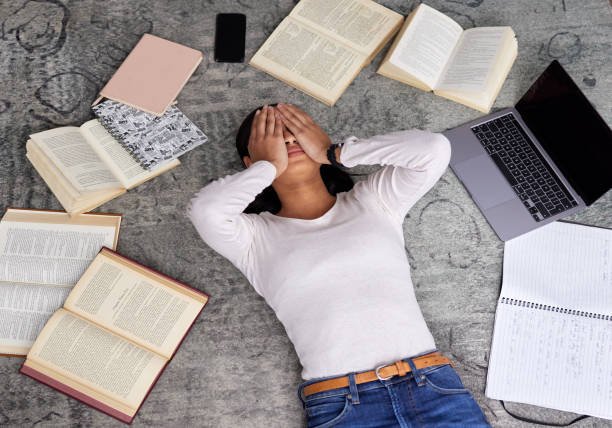The Purpose of the Earliest Poetry: Delving into Facts, Theories, and Examples
Poetry, an ancient form of expression, has graced human civilizations for millennia. From the murmurings of tribal chants to the sophisticated verses of classical civilizations, poetry has always been a medium through which humans convey their deepest emotions, tales, and beliefs. The earliest poetry provides a fascinating insight into the primal needs and purposes of our ancestors. Here, we’ll explore the primary purposes of the earliest poetry, underpinned by facts, theories, and illustrative examples.
What was the Purpose of the Earliest Poetry?
The purpose of the earliest poetry was primarily to preserve history and tradition in an era dominated by oral narratives, to serve ritualistic and spiritual functions by invoking the divine or connecting with higher powers, to foster social cohesion and communal identity, to express emotions and aesthetic appreciation of both the natural world and human experiences, and to function as an educational tool, leveraging its rhythmic and mnemonic qualities to impart wisdom, morals, and stories to younger generations.
1. Preservation of History and Tradition
Fact: Before the widespread use of written scripts, oral traditions dominated. Poetry, with its rhythmic and mnemonic qualities, was an effective means to remember and pass down histories, ancestral tales, and tribal wisdom.
Example: The ancient epic, “Beowulf,” chronicles the heroics of its titular character. Though it was eventually written down, it likely existed as an oral poem long before, serving to remember the feats and values of the culture.
2. Ritualistic and Spiritual Significance
Theory: Some scholars believe that the earliest poems were intrinsically linked to rituals, often invoking the divine, seeking blessings, or appeasing higher powers. The rhythmic quality of poetry, combined with music and dance, could induce trance-like states, fostering a deeper spiritual connection.
Example: The Vedas, ancient sacred hymns of India, are among the oldest known poetic forms. These were recited during religious ceremonies, seeking harmony between mankind and the cosmic order.
3. Social Cohesion and Identity
Fact: Poetry served as a medium to forge and strengthen communal bonds. Group recitations or performances could unite members, reinforcing shared identities, values, and goals.
Example: Many African tribes have a rich oral poetic tradition where members gather around a fire, with elders reciting poems about ancestry, valor, and community, fostering a sense of unity and shared heritage.
4. Expression of Emotion and Aesthetic Appreciation
Theory: Just as with modern poetry, early poets used verses to express personal emotions—love, grief, joy, and more. Poetry was not just about utility but also an appreciation of beauty, both in the natural world and human experiences.
Example: Sumerian love poems, which might be the earliest recorded, describe intimate feelings and the pains and pleasures of love. Such poems showcase the universality of human emotions, transcending time.
5. Educational Tool
Fact: Poetry was an essential pedagogical tool. The rhythmic patterns and repetitive structures made it easier for listeners, especially the young, to remember and learn from the stories, moral lessons, and wisdom encapsulated within.
Example: Aesop’s fables, while more often associated with prose, were sometimes conveyed in verse. These stories, rich in moral lessons, were essential educational tools in ancient Greece.
The earliest poetry was multifaceted in its purpose. It was a bridge between the past and the present, the divine and the human, the community and the individual. Through rhythms and rhymes, our ancestors communicated their histories, beliefs, emotions, and values, leaving an indelible mark on the tapestry of human civilization.





